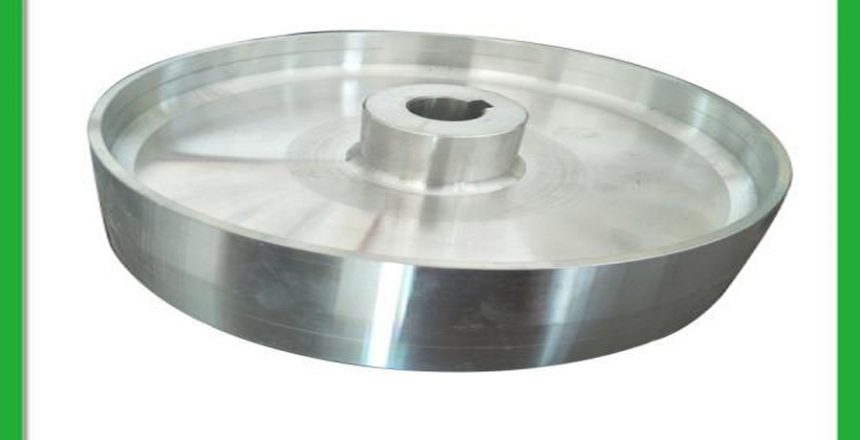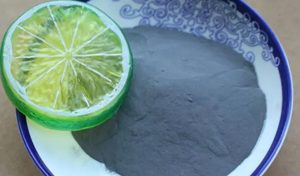In the process of using the die-casting mold, we need to understand the reason why the temperature of the die-casting mold becomes higher, so what is the specific reason? Let’s take a look together below.
Many accessories used by people in daily life are manufactured by die-casting molds, so this mold technology is in great demand in the market. In the shopping malls, due to the increase in demand, the development of Kaiping die-casting manufacturers has gradually expanded along with the economy. However, what is the result of the high surface temperature of the die-casting mold? Here is a brief introduction to the problem, hoping to bring help to those in need.
Casting standards will be affected: the surface temperature of the die-casting mold is closely related to the standard accuracy of the casting. If the surface temperature does not meet the requirements or the temperature spread is unreasonable, the casting will have poor standard accuracy due to uneven heating. The phenomenon appears. So from this perspective, the temperature issue must be paid attention to.
The appearance of the casting will be affected: the surface temperature of the die casting mold will definitely affect the appearance of the casting. If the temperature is unreasonable, it will simply cause severe deformation of the casting, such as unevenness and shrinkage. It is necessary to know that the impact of appearance will have a great impact on product sales, so the appearance quality of castings must be paid attention to.
Standard accuracy and appearance quality will be greatly affected, which is caused by the surface temperature of the die-casting mold, so people must control the surface temperature of the mold at any time during processing.


